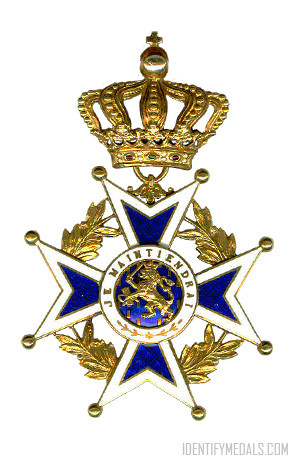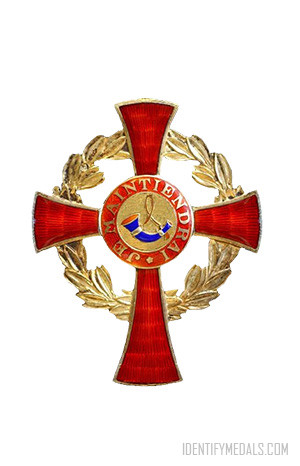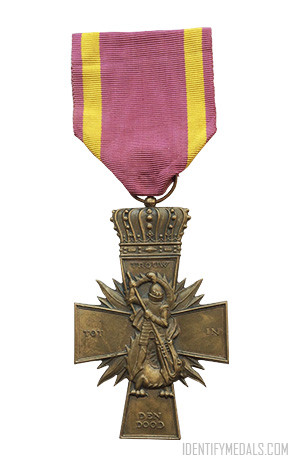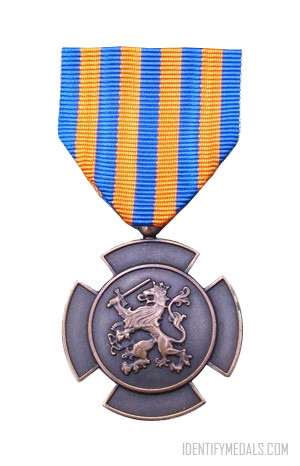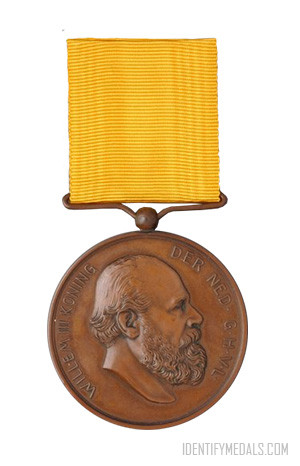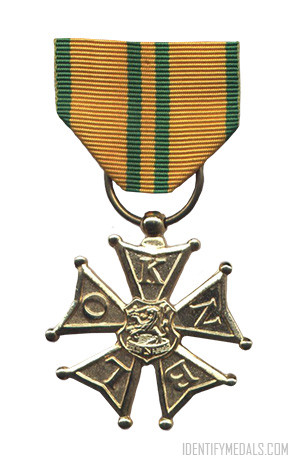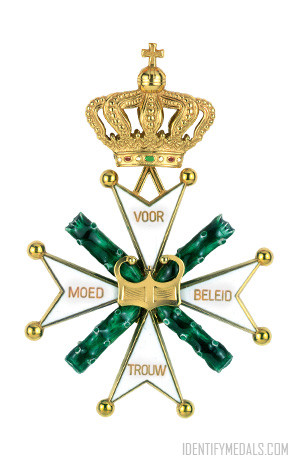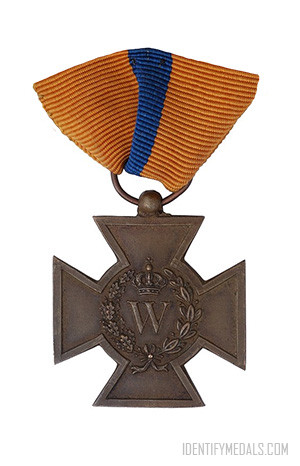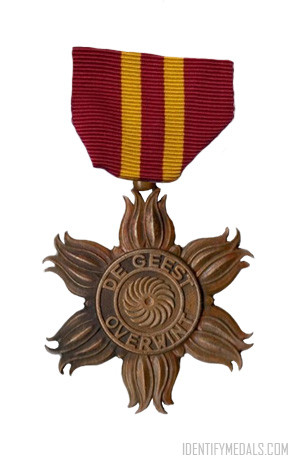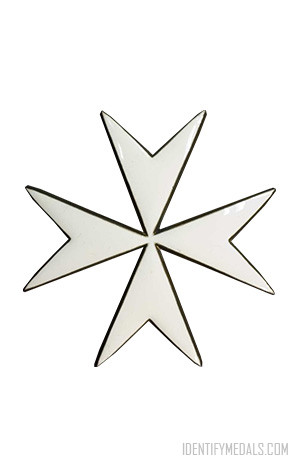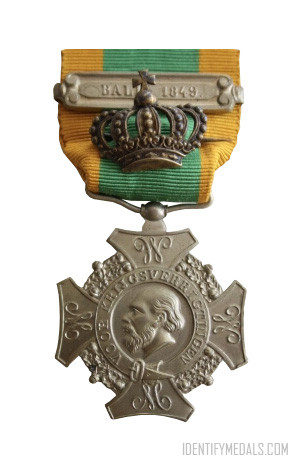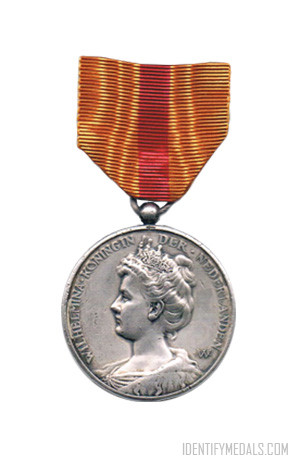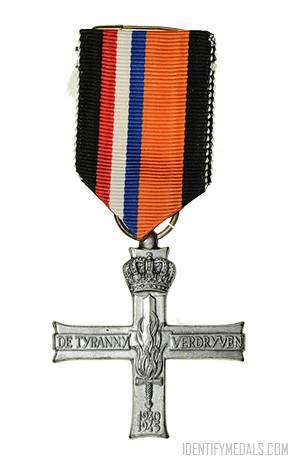- Time Period: Pre-WW1
- Institution: 4 April 1892
- Country: Netherlands
The Order of Orange-Nassau (or Orde van Oranje-Nassau in Dutch) is a civil and military Dutch order of chivalry founded on 4 April 1892 by the Queen regent Emma, acting on behalf of her under-age daughter Queen Wilhelmina and open to “everyone who has earned special merits for society”.
These are people who deserve appreciation and recognition from society for the special way in which they have carried out their activities. The lower grades of the order are comparable with the ranks of the Order of the British Empire in the United Kingdom, but titles, prefixes or post-nominals (other than academic ones) are not used in the Netherlands.
During World War II, the Order of Orange-Nassau was bestowed upon both members of the Netherlands military and members of foreign services who had helped liberate the Netherlands from Nazi German occupation, and those who helped liberate the former Dutch colonies in the Pacific.
In the modern age, the Orange-Nassau is still the most active civil and military decoration of the Netherlands and ranks after the Order of the Netherlands Lion. The order is typically awarded each year on the Monarch’s official birthday with around 3500 appointments to the order made public.
The order is also used to honor foreign princes, ministers, dignitaries and diplomats. The King or Queen Regnant of the Netherlands is the Grand Master of the Order of Orange-Nassau.
The Order of Orange-Nassau Design
The Order of Orange-Nassau has two divisions, civil and military, the former denoted by a wreath of laurel on the badges, and the latter by crossed swords on both the badges and the stars.
The badge of the order is a blue-enameled, white enamel-bordered Maltese Cross, in gilt for the officers and above, in silver for knights and members. The obverse central disc displays the King’s coat of arms in gold and blue enamel, surrounded by a white enamel ring bearing the national motto Je Maintiendrai (I shall maintain). The reverse central disc has the crowned monogram “W” (for Queen Wilhelmina) surrounded by the motto God Zij Met Ons (God be with us). The badge hangs from a royal crown.
The star of the order is a silver star with straight rays, in 8 points for Grand Cross and in 4 points for Grand Officer; the central disc has the King’s arms in gold and blue enamel, surrounded by a white enamel ring bearing the Dutch national motto Je Maintiendrai. The military division has crossed swords.
Since 1996
In addition to the two divisions, since 1996 the Order of Orange-Nassau has been issued in six classes:
- Knight Grand Cross – badge may be worn on a sash on the right shoulder, plus an 8-pointed star on the left chest;
- Grand Officer – badge may be worn by men on a necklet, and by women worn on a ribbon tied as a bow at the left chest. Also a 4-pointed star is worn on the left chest;
- Commander – badge may be worn by men on a necklet, and by women worn on a ribbon tied as a bow at the left chest;
- Officer – wears the badge on a ribbon with a rosette on the left chest;
- Knight – wears the badge on a ribbon on the left chest;
- Member – wears a smaller badge on a ribbon on the left chest.
For the grades of Knight and Member, the badges are made of silver. For the other grades, the silver is gilded.
For the grades of Knight Grand Cross, Grand Officer and Commander, the badges have a diameter of 60 mm. For the grades of Officer and Knight, they have a diameter of 46 mm. For the grade of Member, a diameter of 35 mm.
After 1966
Until 1996, the Order of Orange-Nassau consisted of five grades. In addition, honorary medals were issued in Gold, Silver and Bronze, but these were only affiliated with the order; the bearers of the medal were not members of the order. Now no longer issued, these were replaced by the sixth grade: “Member”. Recipients wore the medal on a ribbon on the left chest.

